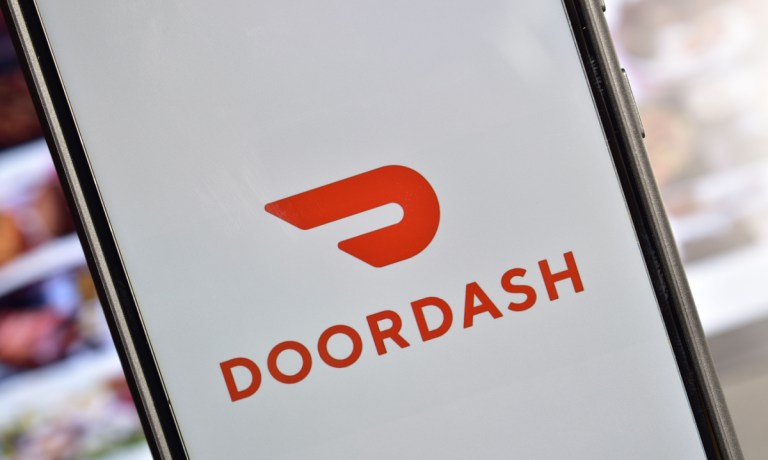
As DoorDash pushes to grow its share of online grocery, Tony Xu, CEO of the San Francisco-based aggregator, is reportedly casting doubt on Instacart in the leadup to the rival’s planned initial public offering (IPO).
According to Barron’s, Xu said Tuesday (Sep. 5) at Goldman Sachs’ Communacopia + Technology Conference that consumers feel that grocery delivery is “worse than the physical experience of buying your own” products in stores, adding that out-of-stocks and insufficient replacements hamper the experience and observing that “there is still a long ways to go.”
Many consumers apparently beg to differ. Instacart recently shared in its Form S-1 recently filed with the Securities and Exchange Commission (SEC) for its proposed IPO that revenue in 2022 amounted to $2.6 billion, a 39% increase from the year before, and that, for the first half of this year, revenue reached $1.5 billion, up 31% from the first half of last year.
DoorDash too has seen rapid growth in its delivery business, bringing the aggregator further into competition with Instacart.
“Over the last two and a half years, we’ve built a multibillion-dollar grocery business from scratch, and it was really ready for primetime exposure,” Xu told analysts on a call last month. “We now have more non-restaurant stores on the platform in North America [than] any other platform. We’re growing faster than every other platform and gaining share dramatically in virtually all categories, and very specifically also in grocery.”
Indeed, digital channels represent a small but growing share of online grocery. PYMNTS Intelligence from the study “Tracking the Digital Payments Takeover: Catching the Coming eCommerce Wave,” created in collaboration with Amazon Web Services (AWS), which drew from a survey of nearly 2,700 U.S. consumers, found that 12% of grocery purchases are made via mobile device or computer. Additional findings revealed that 32% of shoppers said they are very or extremely likely to increase their online grocery purchases in the next year.
Even if there are still points of friction in the online grocery purchasing experience, many consumers are taking advantage of the convenience the technology offers and its ability to expand their options.
“Instacart has eliminated consumers’ need to consider proximity in their decision about where to shop for groceries,” PYMNTS’ Karen Webster observed in a recent feature. “Maybe shoppers want to shop using Instacart at the same store they’d otherwise visit in person. But maybe they’d rather try a store they would otherwise skip because it requires a 40-to-50-minute round-trip drive — as many now do.”
Additionally, Webster noted, as Instacart continues to grow, it may come to be an even more essential part of how consumers’ get their day-to-day needs met. Already, the platform is offering not only groceries but also other kinds of retail items. Over time, consumers may increasingly adopt these options and demand an even wider selection, conducting more of their overall purchasing via the on-demand aggregator.
PYMNTS Intelligence from “Super Apps for the Super Connected,” created in collaboration with PayPal, for which we surveyed nearly 10,000 consumers across Australia, Germany, the United Kingdom and the United States, reveals that 72% are at least somewhat interested in using a hypothetical super app.
As such, DoorDash has reason to downplay Instacart’s role in the on-demand economy as part of the San Francisco-based food aggregator’s effort to grow its own share of this fast-growing space.